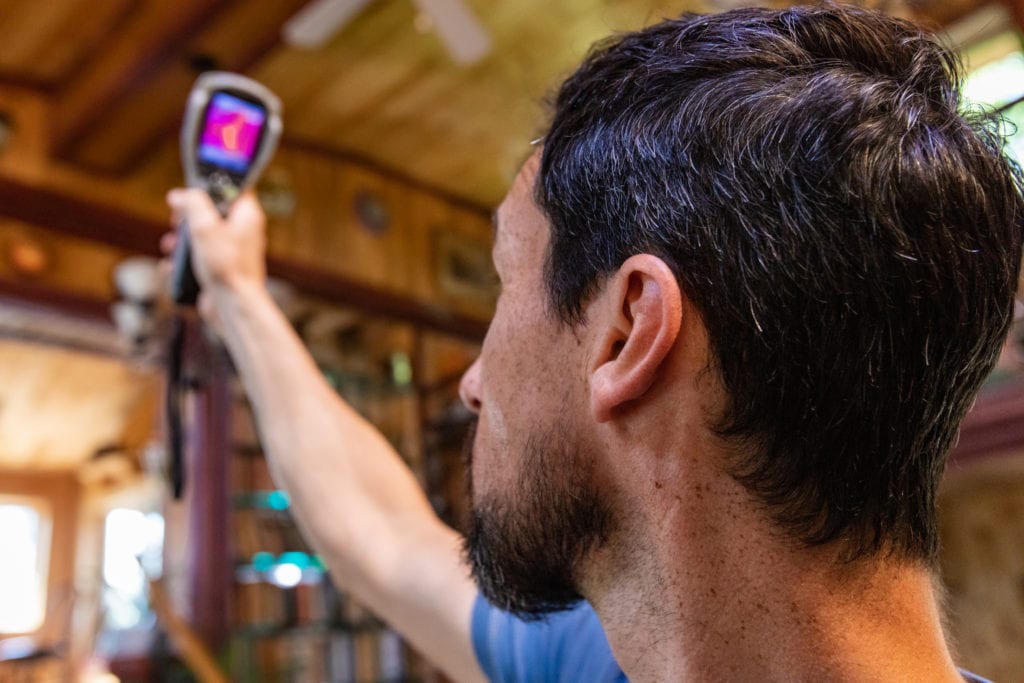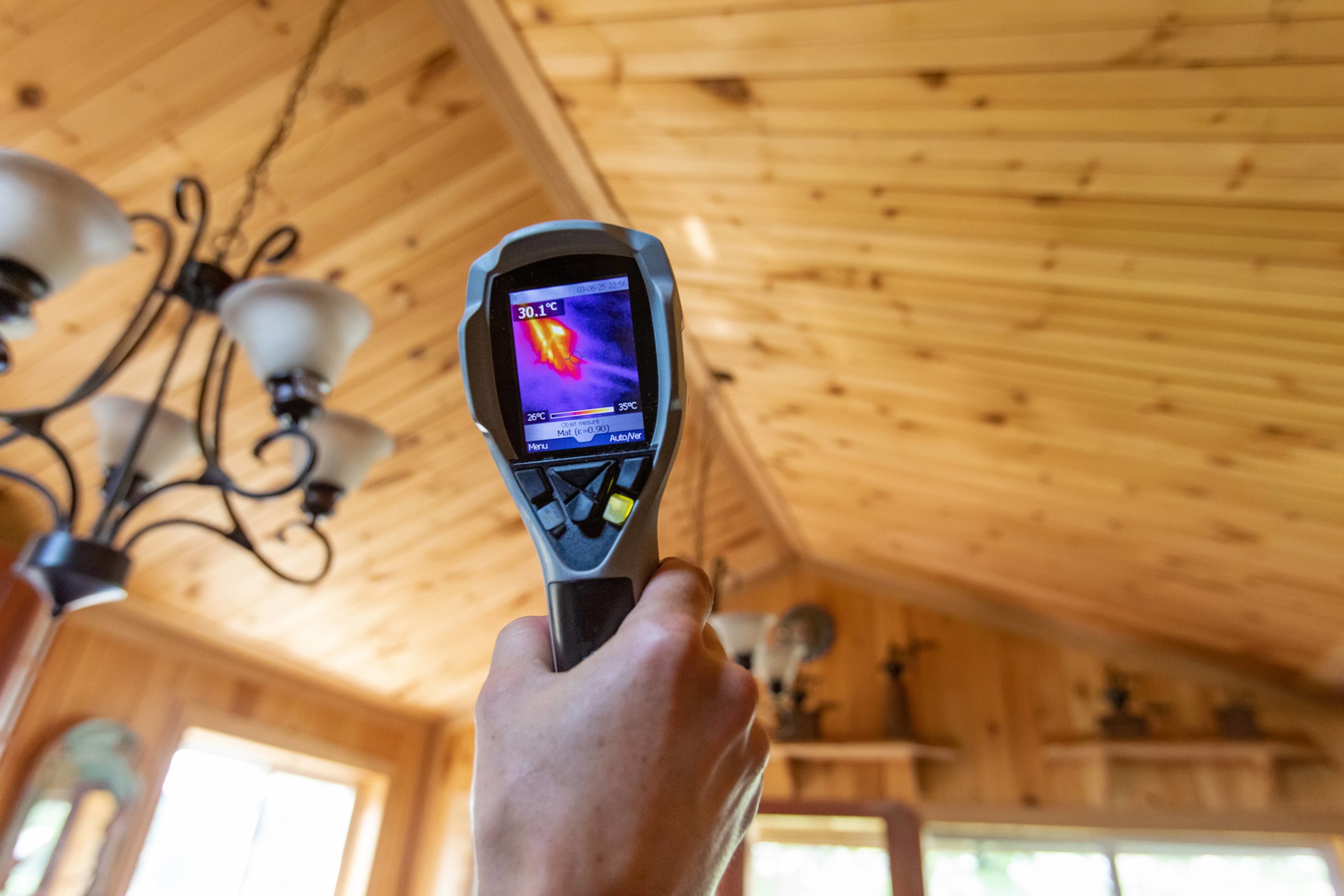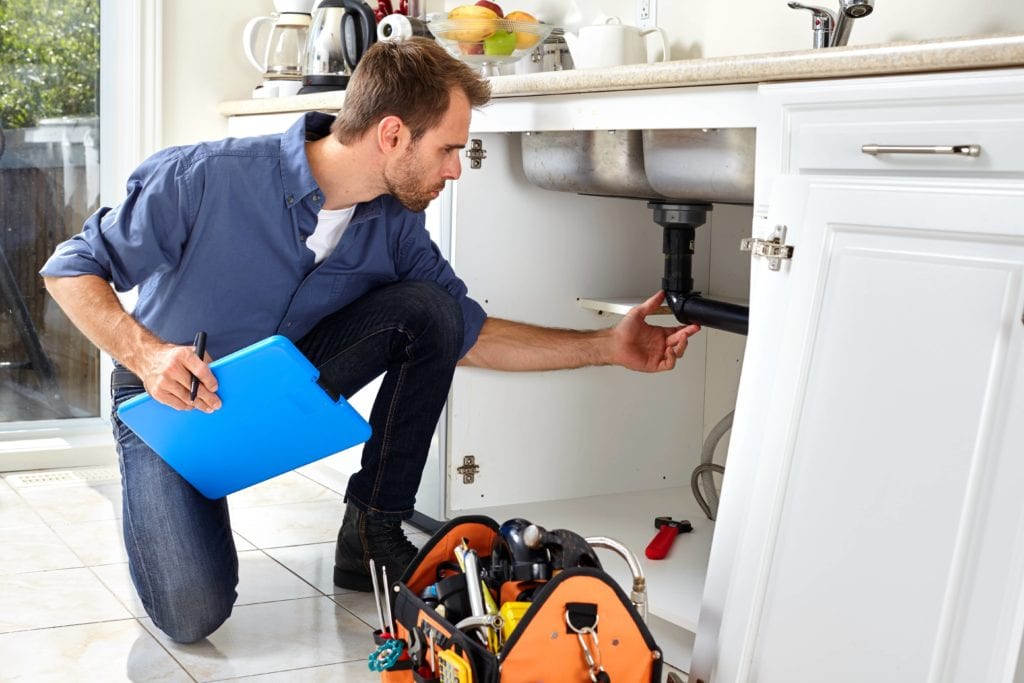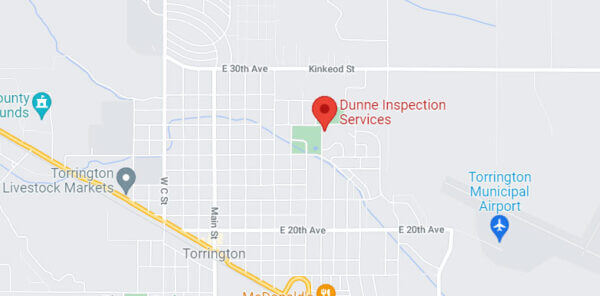Thermal Imaging
- Home
- Thermal Imaging
Your Thermal Imaging Inspection
Dunne Inspections is Colorado's leading commercial and residential thermal imaging inspection company. We are a family-owned and operated business serving Colorado since 2017.
Thermal imaging is a type of remote sensing that uses the radiation emitted by heat to detect temperature differences. It has become an invaluable tool in the field of home inspections. Thermal imaging is used for many purposes, including finding leaks beneath surfaces and detecting mold and moisture.
Detection Of Moisture Behind Walls And Ceilings
Thermal imaging has been widely used in many fields. This article will look at how thermal imaging can be used for moisture detection.Thermal imaging detects the difference in temperature between a wet area and the surrounding dry areas by using heat radiation. It can be used to detect any changes in temperature within an object, such as the walls or ceilings of a building, and as a result, it is a great tool to catch insulation discrepancies.
Plumbing Leaks
Sometimes, the plumbing inspection process can be complicated and time-consuming. However, with the help of an infrared camera, it has become a lot easier. We use thermal imaging to scan in, under, and around a plumbing system and detect water leaks. It also helps us see other issues such as clogs or corrosion.
Thermal imaging is not a replacement for human inspectors. Still, the technology assists the inspector by scanning in and under the plumbing system at scale to find water leaks or other issues that might lead to significant damage. This tool is a great way to find potential problems with your plumbing system that can be potentially dangerous.
Since this tool is not a moisture meter, we will use it to find heat anomalies and then pursue the issue further to figure out the problem.

Stucco And EIFS Inspections
Thermal imaging is used for many purposes, including inspecting stucco and EIFS for moisture intrusion. If there is rot behind the stucco, we can spot it with a thermal imager. This can be because of heat anomalies or changes in temperature because of the presence of moisture. Thermal imaging is an advanced technology that helps inspectors find areas of moisture damage on stucco and EIFS. It can help inspectors quantify the affected area and visually represent the moisture intrusion. Thermal imaging allows us to identify the damage's exact location, resulting in more minor invasive procedures and less wear and tear to identify the problem.
Wood Destroying Insect Activity
Termites are very active when they are in their wood-eating phase. This activity produces a great deal of body heat from these insects. Thermal imaging easily detects the heat generated by active WDO (wood destroying organisms) infestations. This greatly helps prevent the spread of infestations. Infrared cameras can detect termite activity and help us determine if there is an infestation.
Energy Audits Using Thermal Imaging
Thermal imaging is often used for energy auditing in buildings. It helps auditors identify areas of the building that are not adequately insulated or have poor airflow, leading to increased heating and cooling costs. Thermal imaging has become more prevalent in recent years because it helps save time and money while improving efficiency.
Flat Roof Inspections
Thermal imaging is also used to inspect flat roofs for leaks, identify the source of a leaking roof, and detect hot spots that could be a fire threat. Loose or dirty electrical connections can cause power outages and fires on a flat roof. If a connection is loose or noisy, the risk of a fire increases.
Electrical Inspection
An electrical inspection is a method that is primarily used to find and diagnose defects in electrical systems. An abnormal current flow could result from a faulty wire, which can cause fires or other problems. An abnormal heating problem could indicate a short circuit, which can also trigger a fire. Thermal imaging cameras aim to reveal any abnormal heating or excessive current flow that these faulty wires or circuits might cause.

Plumbing Leaks
Thermal imaging is a great tool used by many in the industry. However, it has some misconceptions and limitations that you should know. It is not the following things:
- The infrared thermal imaging camera should not be mistaken for a moisture meter. It simply identifies thermal anomalies that are present beneath the surfaces of your home. This device greatly aids in identifying temperature differences which can help with various tasks such as finding radiated heat sources.
- Thermal Imaging is NOT an X-ray vision. It is a type of infrared imaging that uses heat signatures to detect temperature changes.
- Thermal imaging cameras are not a silver bullet solution, but when used in conjunction with other technologies and tools, they can provide valuable information about what’s going on in your business or home.
- Despite the RISK ELIMINATOR’s capabilities, it is not a substitute for a professional inspection. It is important to note that the camera cannot detect all damage, and it may not be able to see hidden damage.

Moisture Equals Mold
Moisture is the number one cause of mold. The infrared camera can help identify moisture issues quickly and is non-invasive. With the help of this technology, it is possible to promptly identify moisture that could lead to mold issues in a home or business. What is important to remember is that these infrared cameras are not moisture detectors and only assist in locating heat anomalies that could be due to the presence of moisture. No home is too big or too small! At Dunne Inspections, we offer the most thorough thermal imaging inspections in the industry. We use state-of-the-art equipment, and our experienced inspectors will provide you with peace of mind. Schedule a free inspection today
About Company
We are proud to have served clients in Wyoming, Nebraska, and Colorado since 2017.
- (307) 575-7244
- info@dunneinspectionservices.com
- 702 Citrus St, Cheyenne, WY 82007
Location

Monday- Friday: 8am to 5pm
Saturday: 10am to 4pm
Sunday: Closed
Copyright © 2021 Dunne Inspections | designed by digilatics
